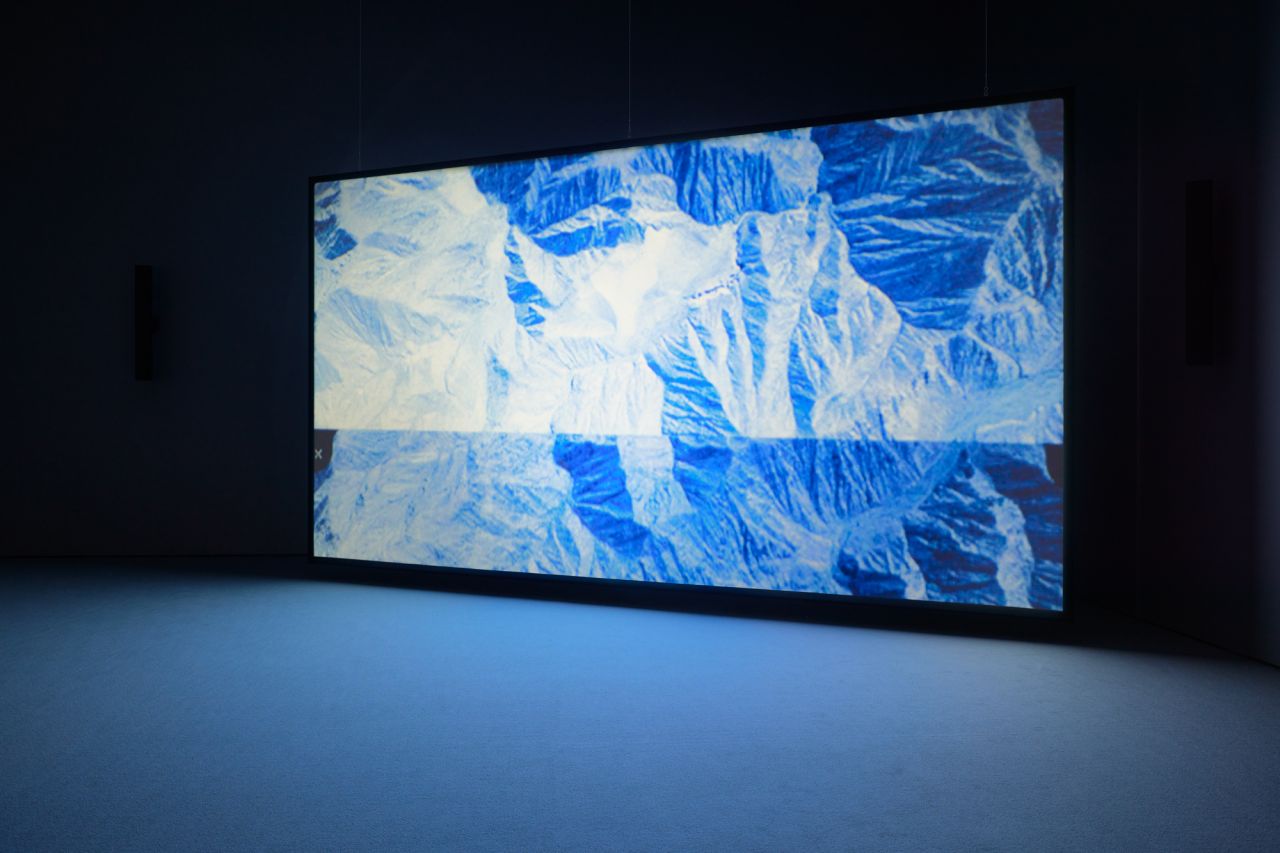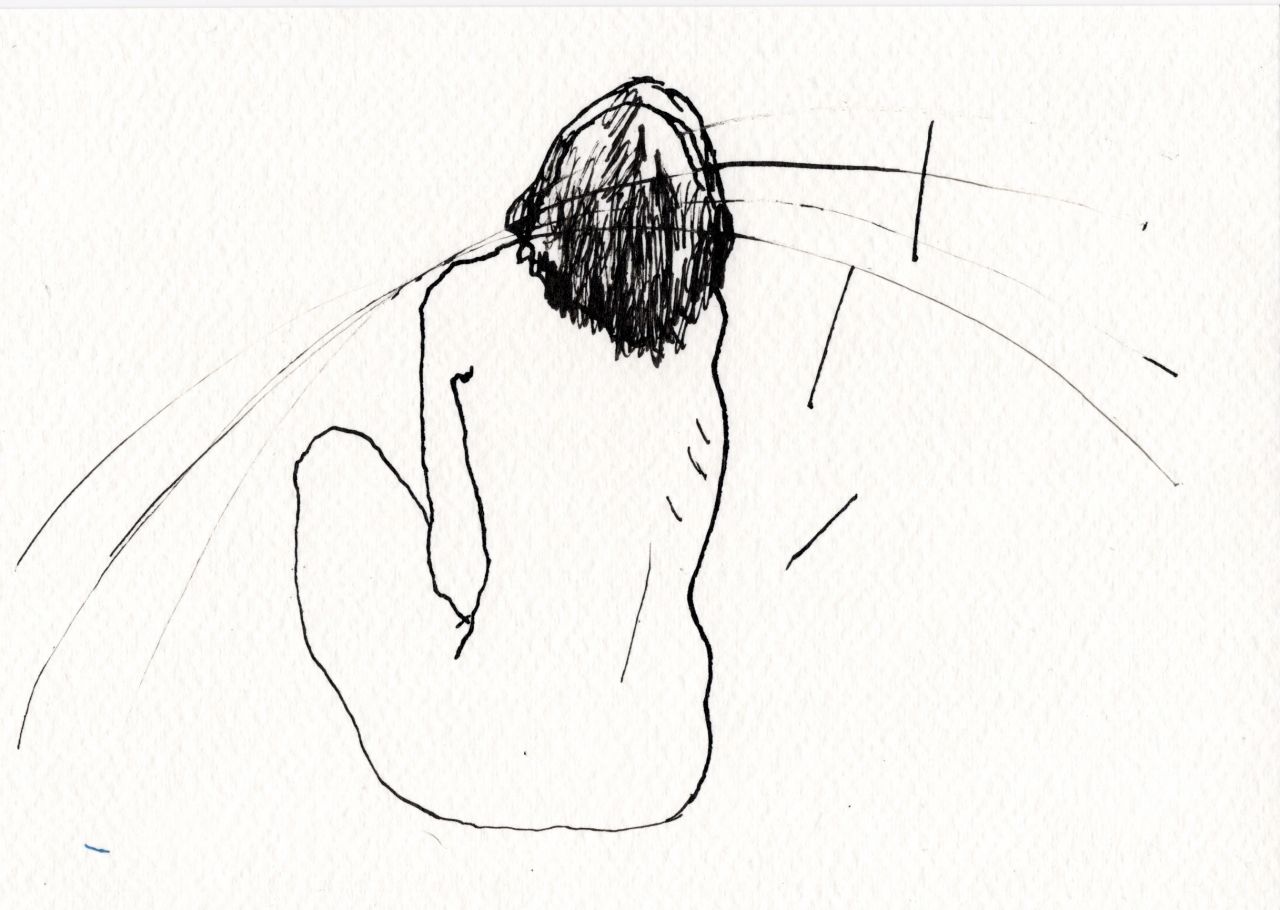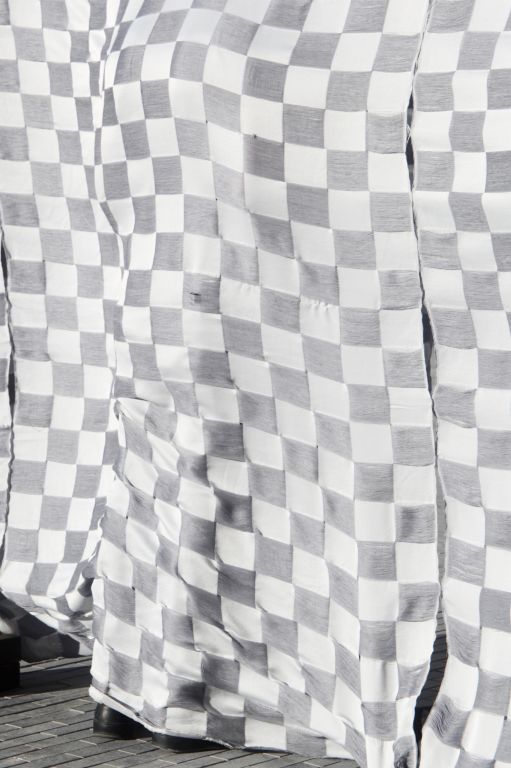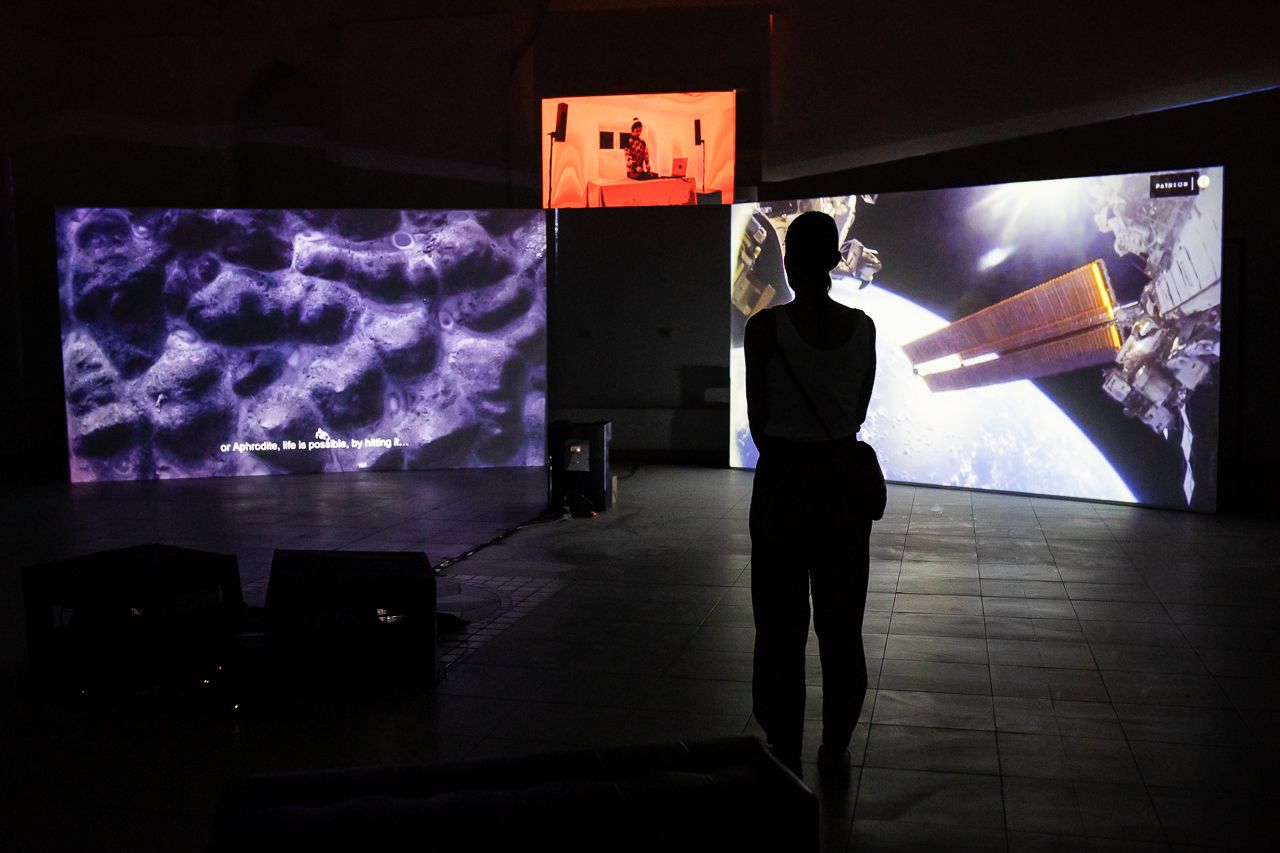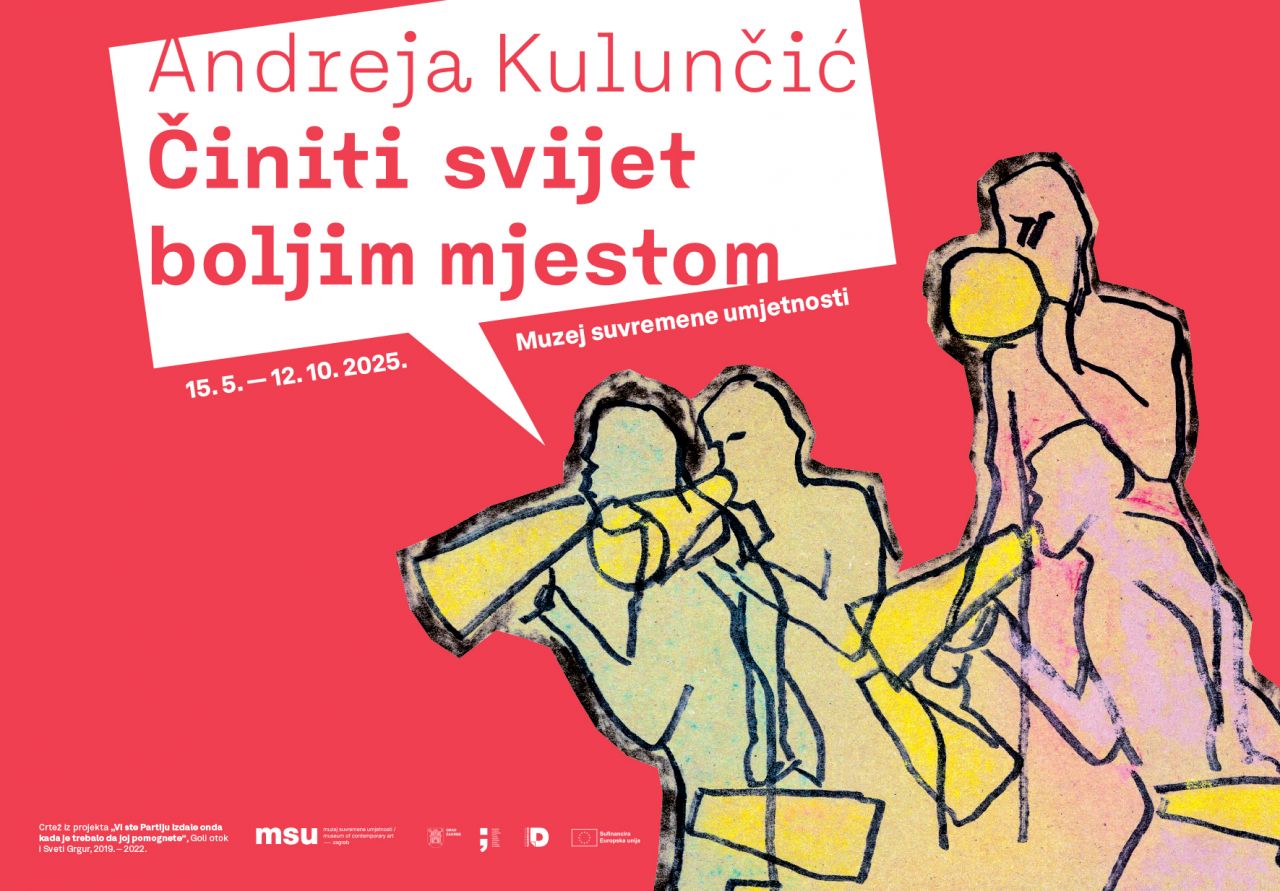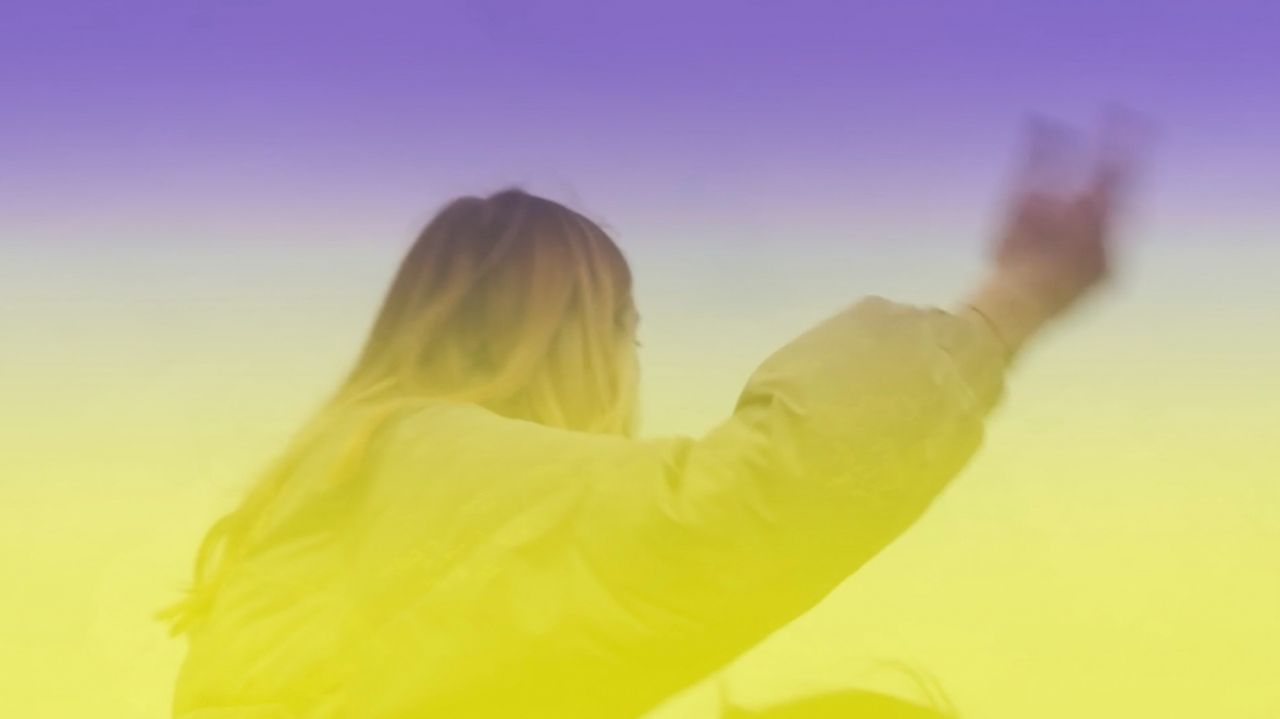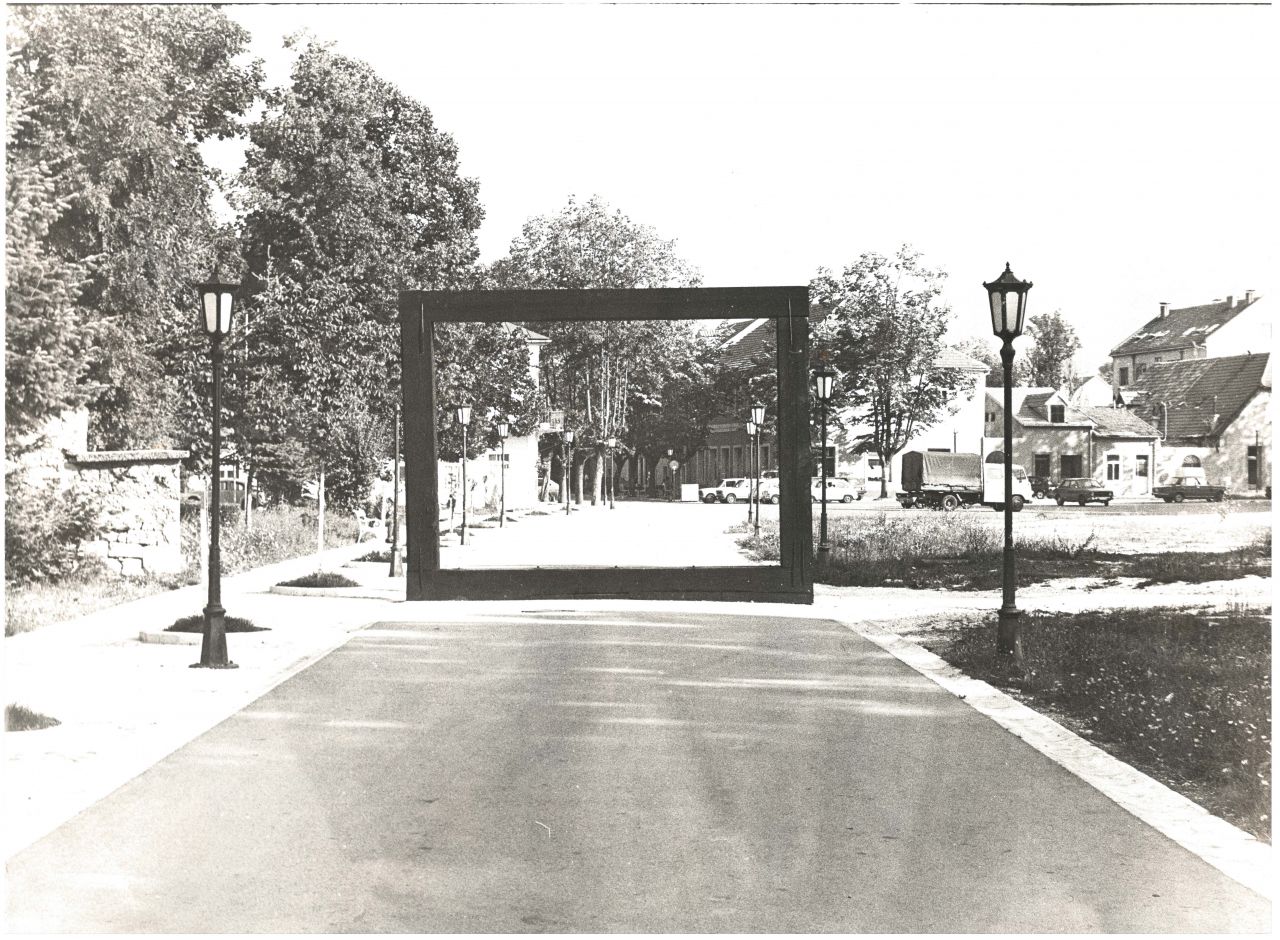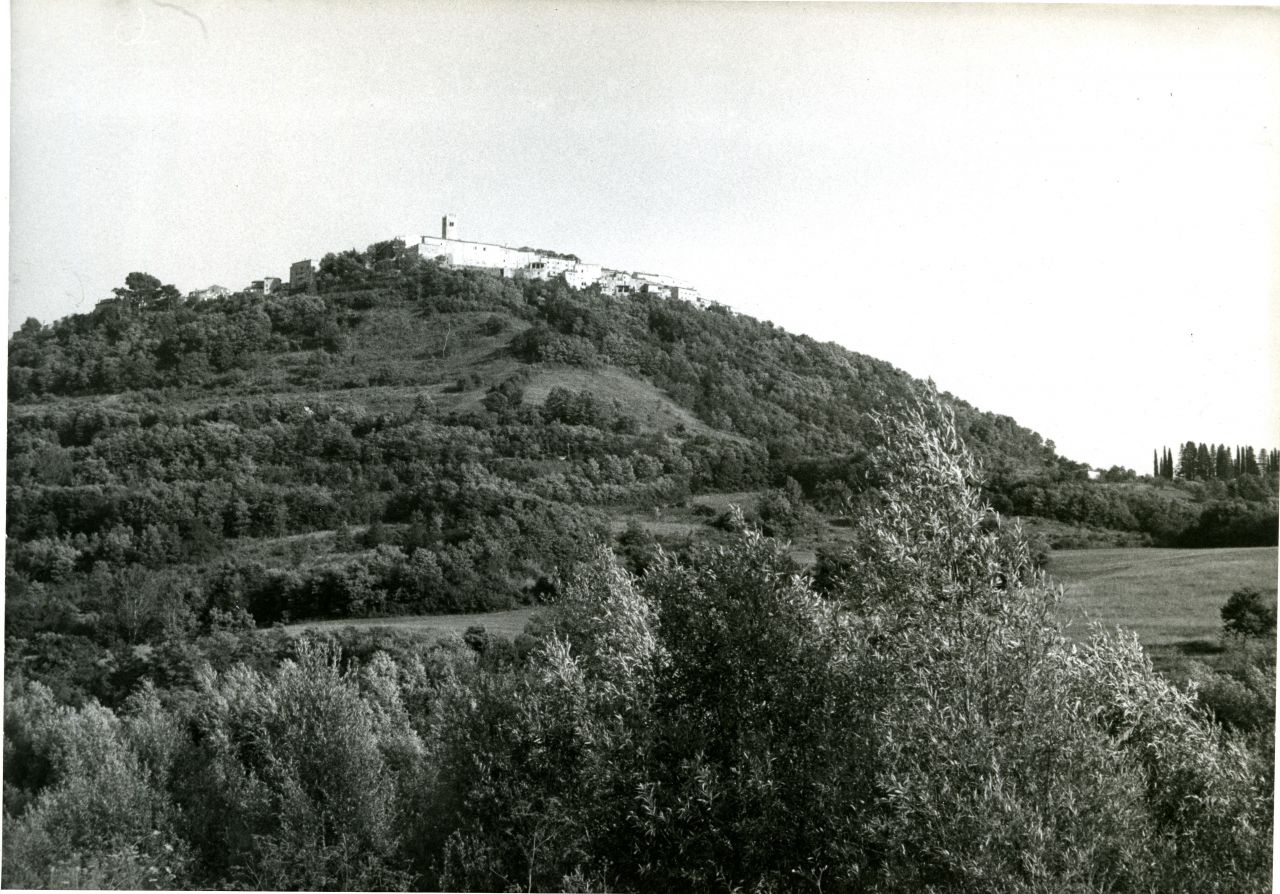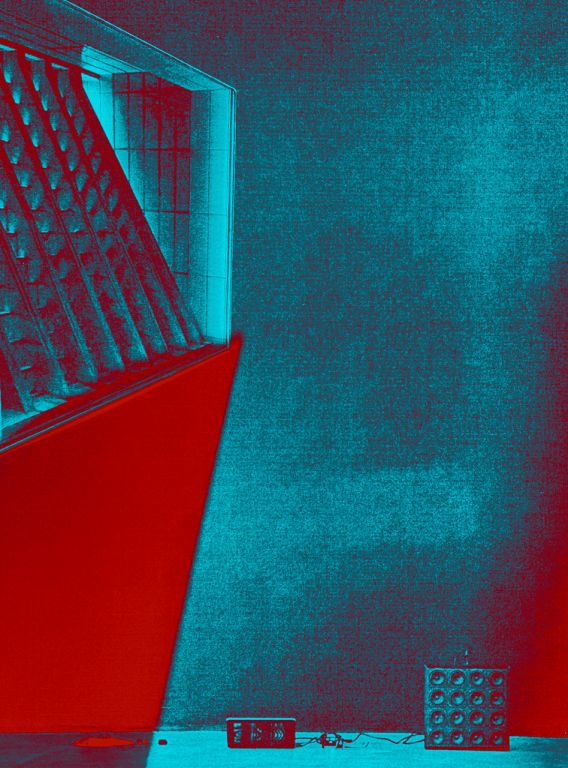Rosa Barba: Meaning Distances
23.09.2025. - 09.11.2025. / MSU, Black Box
Rosa Barba's exhibition Meaning Distances opens this year's 25 FPS Festival at the Museum of Contemporary Art in Zagreb, bringing together a selection of sculptural film works. Barba’s conceptual explorations of film probe historical records, personal narratives, and the sensory experience of cinema and sound, often by recording natural landscapes and human-made changes to the environment. Landscape acts here as a pivotal actor in relation to transforming socio-political, cultural and architectural situations. Using performative framing as a strategic device, her films question the instability of knowledge, explore myths, and scientific experiments.
FIND OUT MORESiniša Ilić: The Air Before the Encounter / Triggers
10.07.2025. - 31.08.2025. / MSU
As a part of the Triggers series of the permanent exhibition framework The Collection as a Verb, The Air Before the Encounter by Siniša Ilić transforms the gallery space of the Museum of Contemporary Art into a collaged environment—an assemblage of diverse materials, representational fragments, and performative imprints of the body. Works from the museum’s collection are both the starting point and the incentive for the display of Ilić’s drawings, collages, objects, and spatial interventions. Works created in different spaces and in different periods of the 20th century are in spatial dialogue with Ilić's interventions that allude to the androgyny, our possible interventions on the surface or representation of the body, pleasure and contact on the edges of explicitness and abstraction. Installed within the labyrinthine architecture of MSU, the exhibition is placed in a constrained physical space in order to communicate with the free interpretation of corporality, simultaneously alluding that its tabooed, exploited, concealed, vulnerable, and fragmentary, interwoven and composed of heterogenous materials. Ilić’s works unfold through ephemeral spatial interventions: tape, pigment, charcoal marks, scissors’ cuts, erotic drawings, soft-sculptural forms made from textiles and sponge.
FIND OUT MOREThe Possibilities for '25 - Leonardo Losciale: Sisto Re
03.07.2025. - 31.08.2025. / MSU, Black Box
Possibilities for '25 is a long-term collaborative project connecting the Museum of Contemporary Art and the Academy of Fine Arts at the University of Zagreb, initiated by MSU curator Leila Topić. The project continues the curatorial vision of former museum director Davor Matičević, the founder of the famous Possibilities for '71, which in the early 1970s promoted then-young artists such as Sanja Iveković, Dalibor Martinis, Boris Bućan and Jagoda Kaloper. Possibilities for '25 presents recent projects by students and recent alumni of the Academy, who continue to explore art through experimental, critical and process-based approaches rooted in current social and technological contexts.
FIND OUT MORESintArt 18: Hana Miletić and Graham Kelly with CIMO in dialogue with Nada Kareš Richter and Vjenceslav Richter
24.05.2025. - 04.10.2025. / Zbirka Richter
The 18th edition of the SintArt Project hosts Hana Miletić, Croatian artist who lives in Belgium and who is developing an artistic language based primarily on the creation of textual works, Scottish visual artist Graham Kelly based in Belgium and The Netherlands, who is presenting his work to the Croatian public for the first time with the film titled Hello Joe, and CIMO (Center for Research of Fashion and Clothing) from Zagreb. Miletić contemplates the social and cultural reality in which she lives and works by using the weaving process. Through her weaving practice, she reproduces social gestures of maintaining and repairing infrastructure, and different objects in various states of transition. The focus of this exhibition, as well as the study of the bequeathed Collection of Vjenceslav Richter and Nada Kareš Richter, is the relationship between the private and public space of the Collection. Special attention is given to the intimate space of the apartment that forms part of the Collection, and within which the artists create a dialogue by temporarily exchanging the Collection’s artworks with their own.
FIND OUT MOREKinematografije otpora present: And then i found some meteorites in my room – a project by Driant Zeneli
20.05.2025. - 25.06.2025. / MSU, Black Box
Can a theory of dark matter born on the margins of society destabilize scientific narratives and open a space for utopia? Can a DJ set and the improvised cosmic philosophy of a worker offer new forms of collectivity and imagination?
As part of this year's Subversive Festival, whose theme is The Age of Conflict, the Museum of Contemporary Art presents the exhibition by internationally recognised Albanian artist Driant Zeneli, whose work resides at the intersection of science, fairytale and resistance. The exhibition is realised as part of a long-standing collaboration between the Museum of Contemporary Art and the Subversive Festival, and is curated by Leila Topić (MSU) and Dina Pokrajac, Artistic Director of the Subversive Festival.
FIND OUT MORE
Andreja Kulunčić: To Make the World a Better Place
15.05.2025. - 12.10.2025. / MSU, 1. i 2. kat povremenih izložbi
Visual artist Andreja Kulunčić, whose work is one of the key oeuvres of socially engaged artistic practice in Croatia, presents herself for the first time with an all-encompassing solo exhibition that brings an overview of her artistic activity from the 1990s to the present day. The basis of the exhibition is the research and analysis of the potential of contemporary socially engaged visual artistic practice in changing the existing social situation, i.e., the artist’s statement that socially engaged art makes the world a better place with its doing. In her artistic practice, Andreja Kulunčić indicates the social injustices – she identifies them, studies their causes, and examines the possible manners of resistance. Her art is not only a reflection of reality, but also a tool for change which stimulates the audience into critical thinking and active participation.
FIND OUT MOREExhibition as part of The Arts of Resistance (TAoR) Project
08.05.2025. - 21.06.2025. / MSU, 2. kat
The Museum of Contemporary Art announces the exhibition The Arts of Resistance (TAoR) as part of the international project of the same name. The exhibition will open on May 8 and run until June 21, 2025, presenting the results of months of research and co-creative processes exploring the connections between historical, cultural, social, political, and physical ecologies of resistance against fascism.
The Arts of Resistance project, initiated by artists Ruth Anderwald + Leonhard Grond from the HASENHERZ association, brings together young artists, researchers, and experts to explore historical contexts of resistance through a co-creative approach and reinterpret them through contemporary art. Drawing from Umberto Eco’s text We Are European (2019), the project examines Europe as an experiment in peace, identity, and resistance against fascism—both in the past and today.
FIND OUT MOREThe Sun Is Burnt / The Archive of Cetinje Biennials
20.03.2025. - 29.04.2025. / MSU, 2. kat
** The exhibition opening is at 7 p.m.
The exhibition The Sun Is Burnt / The Archive of Cetinje Biennials is an overview of the legacy left by the event that took place between 1991 and 2004 in Cetinje, Montenegro.
The international event, which brought together around 700 artists, curators and cultural workers throughout its 14-year duration, was left unelaborated and without a systematic history of its activity following its last edition in 2004. Even though a renewal has often been alluded to, the Biennial was gradually erased from social memory and remained inaccessible to new generations of artists.
FIND OUT MOREMotovun Encouters
20.03.2025. - 04.05.2025. / MSU, Black Box
The Motovun Encounters, organized as international meetings of visual artists, were theme-based events held from 1972 to 1984 in Motovun, Istria. Eleven meetings of artists of different poetics, generations and backgrounds took place throughout this period. The meetings were organized by the Galleria del Cavallino from Venice, Ethnographic Museum from Pazin, and, joining the endeavor in 1976, the City Gallery of Contemporary Art (today MSU).
FIND OUT MOREJan St. Werner: Vibraception – Investigations in Wavespace
11.03.2025. - 19.04.2025. / MSU, 1. i 2. kat povremenih izložbi
The Museum of Contemporary Art presents a solo exhibition by Jan St. Werner, a researcher, sound artist, and composer of electronic music, titled Vibraception – Investigations in Wavespace. The exhibition transforms the museum space into a sound environment, using sound as a tool to activate both space and architecture. Precisely directed sound waves shape the environment, creating dynamic soundscapes that change depending on the movement of the visitors. Within the interior of the Museum, panels are installed that, by directing sound waves, create unpredictable resonances and changes in the perception of the building’s architecture, building upon the interactive sound panels of the author’s Excitatory Yards work displayed on the MSU plateau in September 2024.
FIND OUT MORE